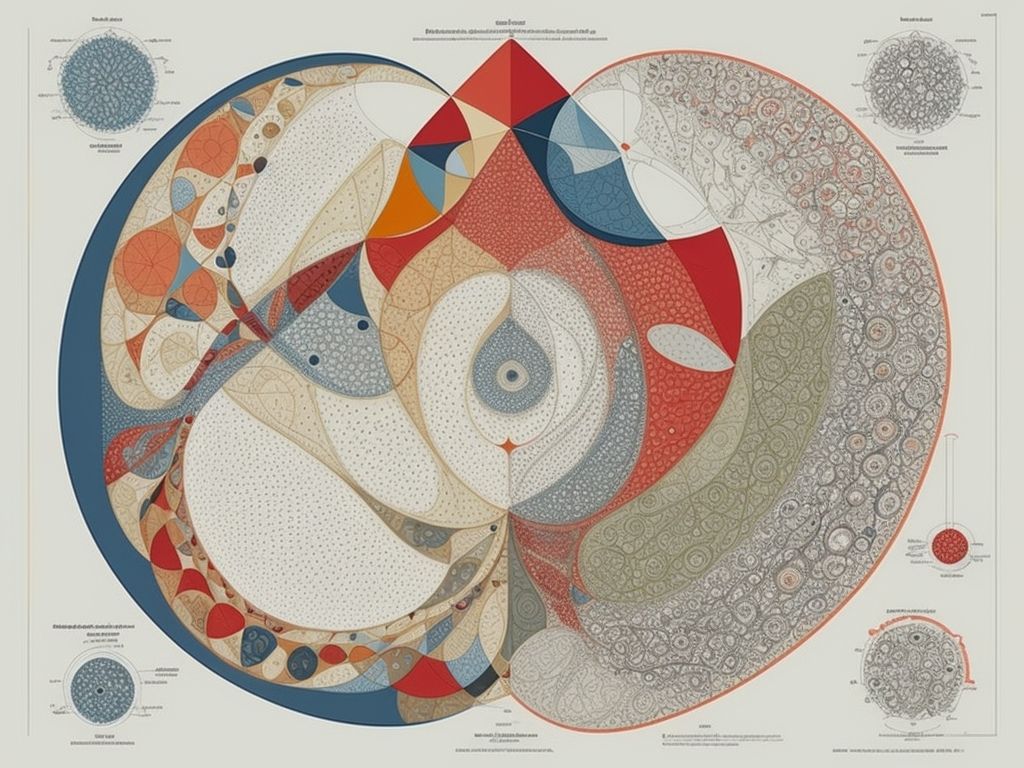What Does n Mean In Statistics?
In statistics, there are two different meanings of the ‘n’. If it is capitalized (N), then it usually refers to population size, whereas a small ‘n’ refers to sample size in statistics.

It refers to the number in a sample or trial. Read on for more information on ‘n’, and its importance in statistics.
What Is Sample Size?
The ‘n’, or sample size, in statistics refers to the number of people that are used in an experiment. For instance, if you are testing how many people use a laptop in a certain city, and you ask 60 people, then the sample size for that study is 60.
In statistics,s data is collected, organized and analyzed and this information is used to draw inferences. There are two different types of data in statistics. These are:
Population data. This is a large amount of data that includes the whole area of study. It includes all elements that are studied for research and includes the whole population.
Sample data. This refers to the part of the population that is used to collect samples. It can be very difficult to collect information on the whole population. When this happens, you should use a representative sample of people.
Definition Of The Sample Size
The sample size is the number of observations that are undertaken in order to estimate the population. The size of the sample is taken from the population and it is taken and used to estimate the characteristics of the entire population.
Small Sample Size
In some studies, the sample size used is very small. In this case, the results may not be as accurate as a larger sample size.
If a large sample size is used, you will have the opportunity for more accurate estimates of the population.
If the sample size is too large, however, this can make the results inaccurate too. You shouldn’t have a sample size that is either too large or too small.
Why Is Sample Size Important?
Sample size is very important for many reasons. The aim of statistics is to uncover a difference in statistics. Sample size is important because larger samples increase your chances of finding an accurate and significant difference in your statistics.
Larger samples are harder to collect and they do cost more money, however, so sometimes having a large sample size is not viable.
What Information Can Be Gained From A Large Sample Size?
Sample size is chosen in order to increase the chance of finding a significant difference in your statistics. This difference needs to be specific, while also being statistically significant.
The specific difference will be chosen and will measure the outcome of the experiment. For instance, The statistical significance of the difference refers to the probability that the difference stated is due to chance, or how likely it is that it is statistically significant.
Bigger sample sizes reflect the population mean more reliably which increases your chances that the difference is statistically significant.
Does The Sample Mean Reflect The Population Mean?
It is common to believe that the bigger your sample size is, the more accurately this sample size will reflect the population.
If you are polling an election, you will get a more accurate representation if you ask 2000 people, rather than just two people. You want to make sure that your sample is as accurate as possible.
What Is The Optimum Sample Size?
You will need to decide on your sample size before you begin your poll. There is a formula available that will help you to best achieve the statistical significant difference that you are looking for.
The formula uses the specific difference as proposed by the researcher and the specific difference of the population. You can get this information from the researcher and research that has been previously published from a sample study.
The optimum sample size varies, but it is very important to make sure that you have a suitable sample size. Often, if your sample size is too small, the information will be useless to you.
It is also the same if the sample size is too large. You should ensure that your sample size is suitable for your specific research.
Issues With Sample Size
It is possible that you will see a significant difference that turns out to not be relevant. You might find that the sample size has been impacted by something that means that a difference has been displayed.
This will mean that the statistics collected are not relevant in this instance as they don’t truly represent what you were looking for.
Frequently Asked Questions
What Are P Values In Statistics?
The p value refers to a number that is calculated following a statistical test. This value describes a set of observations that have been found if the null hypothesis were to be true.
These p values are used to help the researcher to decide if the null hypothesis should be rejected.
The smaller the size of the p value, the more likely you will be to reject the null hypothesis.
What Is Statistics?
Statistics is an area of math which summarizes and draws conclusions from certain data. It also encompasses the collection of this data.
Statistics is used in lots of different fields. It is used in government, industry, social sciences and physical sciences.
In order to represent the data collected, it is mostly displayed in graphs and tables. Line graphs and pivot tables are the most commonly used.
Statistics is a branch of mathematics that is concerned with interpreting and collecting data. It helps you to find out lots of important information, gather it in one place and analyze it for your information and gain.
What Is Descriptive Statistics?
Descriptive statistics refers to the methods that are used for the presentation and collection of data.
Final Thoughts
The ‘N’ in statistics refers to two different things. If it is capitalized, it refers to a population size, whereas if it is not capitalized, it refers to a sample size.
- How to Design a Hard Harry Potter Trivia Challenge - October 4, 2023
- How to Design a Dear Peachie Makeup Preference Poll - October 4, 2023
- How to Design a Fun Board Game Trivia Night - October 3, 2023











